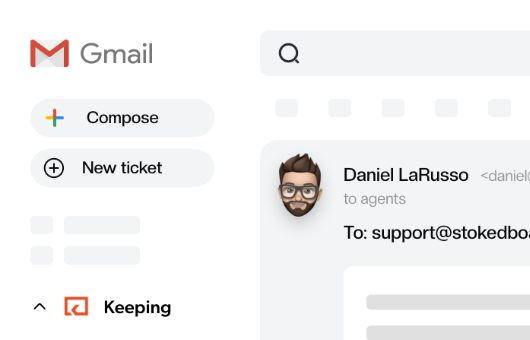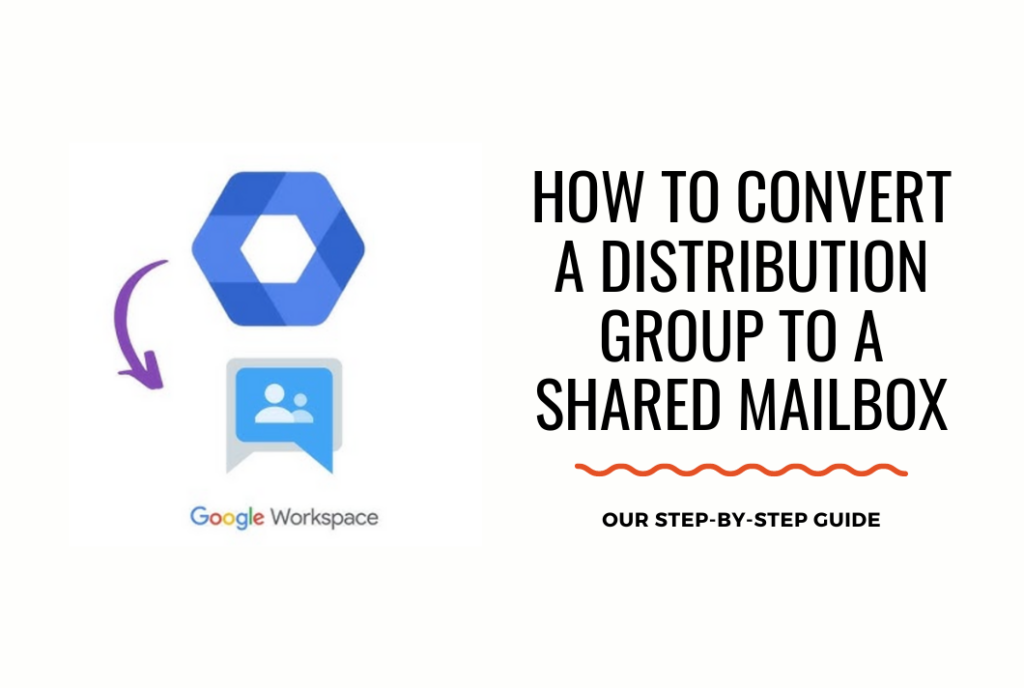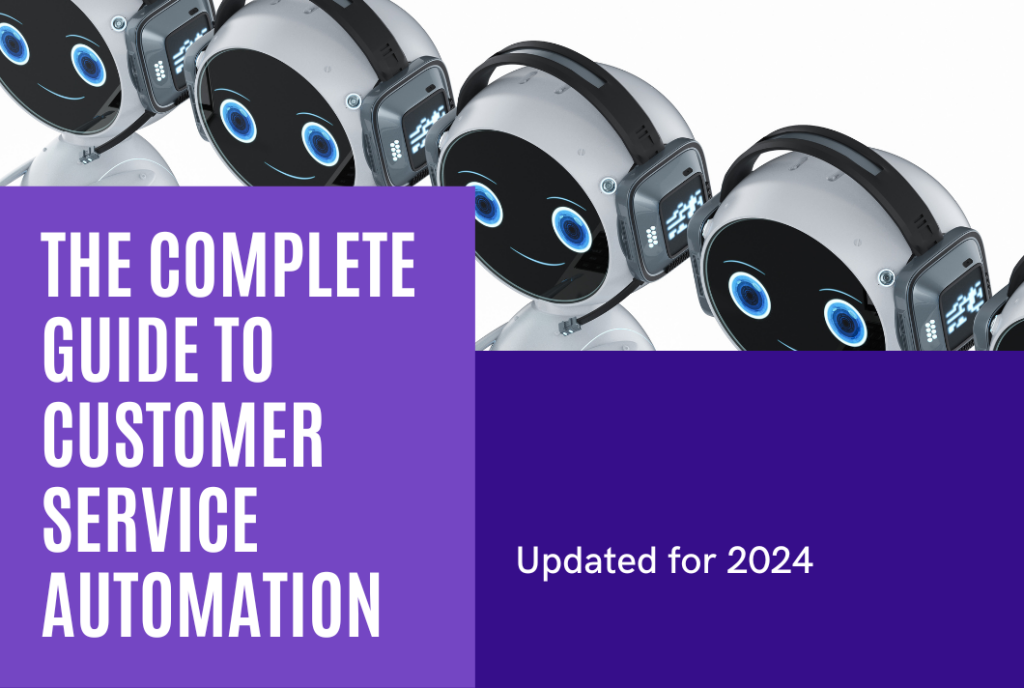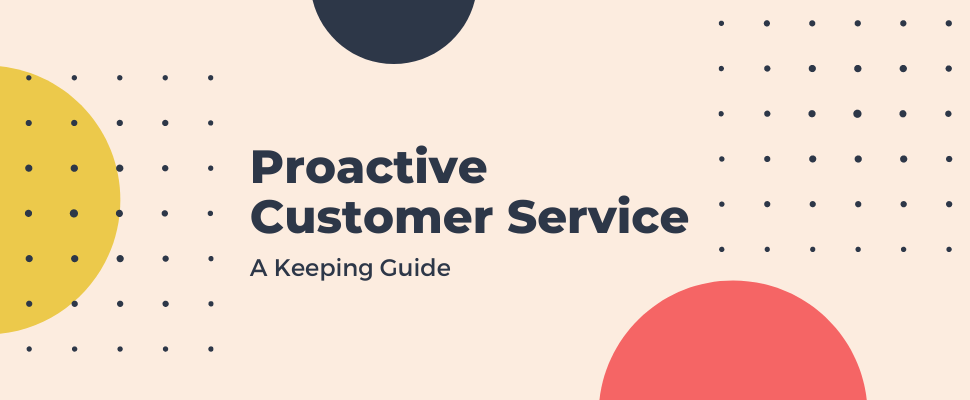
What is Proactive Customer Service?
When you proactively reach out to help customers, you will be rewarded with more loyalty, better customer retention and word-of-mouth advocates for your brand. There is no down-side to proactive customer service, except that it takes a little time to implement and requires a culture change in your organization.
What do customers rave about the most when they have an interaction with a brand? It’s the customer service they receive. Businesses should be falling over themselves to offer exceptional customer service that makes customers want to do business with you again and again.
When you provide those memorable moments to customers who are buying from you, they feel compelled to tell friends and family. This enhances your brand’s reputation and earns you valuable word-of-mouth marketing.
But what’s more memorable – having an issue and then contacting support to get it solved, or having someone solve the problem before you even realized there was something wrong?
Imagine if you could reach out to customers before they had a problem. Think of the delight this would create. Anticipating customer issues is a key element of proactive support.
The way to create more shareable interactions is to engage in proactive customer support.
What is proactive customer service?
Proactive customer service is when businesses make the first move in offering assistance to customers, without them having to contact your support team. You anticipate problems before they even occur and offer solutions, all without your customers having to lift a finger.
Sounds good, right?
When you engage in proactive customer service, you’re reducing the time and effort it takes for customers to interact with your business. You’re creating happier and more loyal customers by anticipating their needs and providing fixes.
Proactive customer service is when businesses make the first move in offering assistance to customers, without them having to contact your support team.
It can be as simple as offering a relevant product or service, alerting customers to a service outage, or updating them on a late delivery. It’s all about reaching out to your customers first, before they have a chance to contact you.
Proactive vs reactive customer service
Moving from reactive service to proactive is no easy feat, but it’s well worth it. That doesn’t mean you leave reactive service behind, though.
Reactive customer service is just as important as proactive support. You need both to execute a highly functional service team.
Reactive service means being there for your customers when they need you, and having a problem-oriented mindset. You should always be available for your customers to contact you if they have an issue, whether that’s over the phone, email, or live chat.
There are some limits to reactive customer service, however. If you’re only focused on being reactive, then you’re missing vital opportunities to impress your customers with how thoughtful you are.
Proactive customer service focuses on the whole customer journey and is more customer-centric than simply waiting around for customers to make the first move.
Benefits of proactive customer service
According to one study, 87% of customers want to be contacted proactively by companies. In short, proactive customer service is what your customers want you to do.
Improving brand perception
If you deliver proactive customer service you are elevating your brand in your customer’s eyes. You’re creating memorable moments and engaging with customers, so they are more likely to remember you and buy from you again.
73% of customers who were contacted proactively and had a positive experience on the call with the agent felt a positive change in their perception of the brand. When you impress your customers with your proactive service, you leave a good impression on them.
It’s a better approach than having customers only contact you when they have a problem. You’re keeping your business front of mind for your customers and this is likely to lead to more sales.
Relieve pressure on your support team
In reactive customer service, it’s the agent’s job to wait around for customers to contact them and they always have to be on call. It’s not a cost-effective model.
When you get ahead of problems before they arise, that means fewer tickets for your customer support team and they have more time to work on other parts of the business. For example, if you update customers about a service outage proactively, you will have fewer irate customers contacting your support team to find out what’s wrong.
According to one study, over a 12-month period, proactive customer service can lead to a 20-30% reduction in call center calls, and lowering operating costs by as much as 25%.
Create more effortless experiences for customers
When you engage in proactive customer service you are essentially taking the burden off customers to notice when something goes wrong. They would otherwise have to spend valuable time and energy figuring out that there’s a problem and then reaching out to your support team. You’re removing the obstacles and making the first move to correct any issues.
This ends up creating more effortless experiences for customers and a better customer experience overall. This is not just good for customers, since it also translates into more profits. 86% of customers say they are ready to pay more if it means getting a better customer experience.
More effortless experiences means customers get more value from your products and services because they spend less time troubleshooting problems. This means they get more bang for their buck and everybody wins.
Earn word-of-mouth marketing
81% of customers trust recommendations from friends and family more than traditional forms of advertising. Proactive customer service gives your customers something to talk about.
When you provide outstanding service to your customers by proactively anticipating their needs, you create experiences that customers love to share. Going above and beyond the call of duty means customers will rate your brand more highly and recommend your products and services to family and friends.
When you provide outstanding service to your customers by proactively anticipating their needs, you create experiences that customers love to share.
74% of customers identified word-of-mouth as a key influencer in their purchasing decisions. Proactive customer service has the ability to help you generate more sales with recommendations that money can’t buy.
Develop loyal customers
An issue that starts out small has the potential to grow into a big problem if not addressed quickly. When you let your customers down, this creates disloyalty and they might start to think about choosing your competitor.
By anticipating problems before they happen, you are reducing the likelihood that customers will grow dissatisfied with your service and just leave. Proactive customer service increases customer loyalty and positively impacts customer retention.
93% of customers are likely to make repeat purchases with companies who offer excellent customer service. When you proactively contact customers, they are more invested in your business and have a stronger impression of your brand. This makes customers hang around longer and continue to buy from you.
Implementing proactive customer service
Here are 5 ways you can implement a proactive customer service strategy for your business.
1. Collect customer feedback
It’s impossible to anticipate the needs of your customers unless you know exactly who they are and what their problems might be. The best way to get started with providing proactive customer service is to simply ask customers what they think about your business.
Gathering feedback is critical when you consider that only one out of 26 customers is likely to bring up their complaints, and the rest just take their business elsewhere without saying a word. Your unhappiest customers are your greatest source of learning, so it’s important to proactively solicit their input.
Send out CSAT and NPS surveys to your customers directly asking for their feedback. Embed a form on your website that customers can fill out. Comb through your customer support tickets and look for common patterns and trends.
2. Train your employees
Your customer service representatives are the ones who will actually be delivering proactive customer service, so you need to make sure they are properly trained to do so. You’ll also need to make sure they have access to the tools and resources required to provide a delightful customer experience. Globally, 31% of customers say that a knowledgeable service representative is the most important aspect of a good customer service experience.
Customer service teams are your first line of defense when it comes to your customers and they’ll be the first ones to know if there’s a wider issue that needs to be communicated to the rest of your customers. They will already be aware of many areas where your service could be improved.
Reps should be empowered to step outside of reactive customer service and start acting proactively. This means they need to be given the time out from their usual activities in order to look for opportunities to offer proactive support.
3. Invest in self-service
Many customers prefer to solve a problem on their own rather than reach out to a human for support – by the time they’ve had to contact your support team, you’ve already failed. 91% of customers would use a knowledge base if it were available and suited to their needs. You can cater to these independent customers by investing in self-service content that helps customers solve their issues and learn about your products and services.
Self-service is proactive because you are anticipating your customer’s needs and providing content that they can use on their own. You’ve taken the initiative to think through customer scenarios and pain points, and developed content that can be used to troubleshoot problems. This can also dramatically reduce customer calls and call center costs.
You’re proactively making your customer support team available outside of office hours by providing the means for customers to help themselves. You can proactively alert customers to new knowledge base content through email and head off potential issues before they even arise.
4. Aim to be honest
You can’t provide proactive customer service without adopting a policy of honesty and openness. It means you’ll be obliged to admit when things have gone wrong, and publicly state what you will do to rectify any mistakes.
85% of customers said they are more likely to support brands that are honest. As if that wasn’t enough incentive, being honest just makes good business sense. You can confidently operate with integrity if you take the initiative to admit to any problems, and you can demonstrate your emphasis on the customer by attempting to make it right.
Customers will appreciate it if you offer an apology for an issue that has arisen as a result of your company’s actions. You can go further and extend a discount or refund if you think an apology isn’t enough to make amends. Keep customers in the loop about how you’re going to solve their problem and assure them that it won’t happen again.
Honesty and openness should in most cases be enough to stop customers becoming unhappy and dissatisfied – even if something has gone wrong.
5. Embed proactivity into your culture
Proactivity has to be part of your customer service philosophy and embedded across your wider culture. Your company has to adopt an ethos of putting customers at the heart of everything you do – otherwise your proactive service model will never get off the ground.
Though your customer service team is the department responsible for delivering proactive service, your entire company should develop a proactive mindset. Everyone has their part to play in helping to offer outstanding service to customers and making sure that every experience is positive and memorable.
A proactive customer service culture starts with getting to know your customers and what they want and need from your brand. Make it a habit to listen to what your customers are actually saying so you can form the right responses and fulfill their expectations.
Proactive customer service examples
What does proactive customer support look like in the real world? Here are 3 examples of a a proactive customer service strategy in action.
Netflix
Netflix is a popular film and TV subscription streaming service that can be watched on a number of different devices. Netflix takes its security seriously and they send out emails alerting users when someone logs into their account with a new device.
More likely than not this login attempt is the user themselves, but Netflix proactively alerts customers so they can secure their account if an unauthorized individual is using their details.
Netflix is proactively making sure that its customers can keep their accounts secure and continue using the platform safely.

Just Eat
Just Eat is an online food order and delivery service that connects its customers with a huge number of restaurants.
Just Eat proactively emails their customers about new restaurants that have been added to the platform so customers are aware that there is a wider choice. Proactive customer service offers encourages customers to try something new and keep using the Just Eat platform.

Document360
Document360 is a SaaS knowledge base company that enables customers to create an online self-service knowledge base for customers and employees.
Document360 demonstrates a proactive customer service approach when they email their customers about new features that have been added to their platform.
Customer education is a big part of proactive service, making sure that customers get the most out of the company’s products or services.
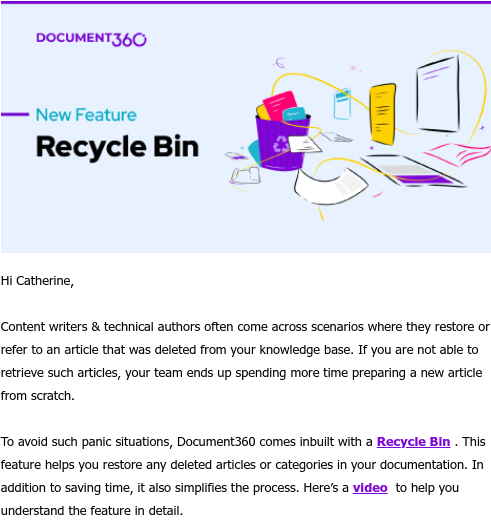
Final remarks
Adopting a proactive customer service model is the only way that you will be able to successfully deliver the outstanding customer service that customers have come to expect as standard. It’s all about anticipating those moments where you can make a real impact on your customers’ lives – a small effort for you that makes a big difference for the customer.
Proactive customer service means taking the time to truly listen to your customers and find out what they want and need from your business. It also means empowering your support team to proactively serve customers, where before they were only reactive.
When you proactively reach out to help customers, you will be rewarded with more loyalty, better customer retention and word-of-mouth advocates for your brand. There is no down-side to proactive customer service, except that it takes a little time to implement and requires a culture change in your organization.
Join 150+ teams that are sharing inboxes with us
The easiest way to upgrade your shared Gmail account. There’s no credit card is required.
